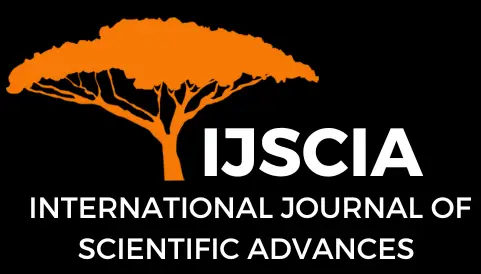The Role of Phosphorylated-Tau 181 in Enhancing Neuroplasticity After Ischemic Stroke
Lasta Arshinta, Ketut Widyastuti*, I Putu Eka Widyadharma
Abstract
Ischemic stroke is a predominant cause of neurological impairment globally. Notwithstanding progress in acute treatment, the long-term functional recovery of individuals continues to be constrained. Recent research has concentrated on the function of neurodegenerative biomarkers, particularly phosphorylated tau 181 (p-tau 181), in influencing neuroplasticity following ischemic stroke. This study seeks to investigate the function of p-tau 181 in augmenting neuroplasticity following ischemic stroke. This investigation was performed by literature analysis and examination of experimental data from animal models and human subjects. The findings indicated that p-tau 181 levels were markedly elevated during the subacute phase post-stroke and correlated with the reconfiguration of brain circuits facilitating the recovery of motor and cognitive functioning. The mechanisms involved encompass enhanced synaptic connection, the induction of neurogenesis, and augmented myelination. While p-tau 181 is frequently linked to the neurodegenerative mechanisms of Alzheimer’s disease, in the setting of stroke, the transient elevation of p-tau 181 seems to serve an adaptive function to facilitate recovery. These findings create new prospects for the advancement of biomarker-driven therapy techniques to enhance post-stroke recovery. Nonetheless, additional investigation is required to comprehend the physiological and pathological thresholds of p-tau 181 and its possible long-term implications.
Keywords
phosphorylated-tau 181; neuroplasticity; ischemic stroke.
Cite This Article
Arshinta, L., Widyastuti, K., Widyadharma, I. P. E. (2025). The Role of Phosphorylated-Tau 181 in Enhancing Neuroplasticity After Ischemic Stroke. International Journal of Scientific Advances (IJSCIA), Volume 6| Issue 3: May-Jun 2025, Pages 500-504 URL: https://www.ijscia.com/wp-content/uploads/2025/05/Volume6-Issue3-May-Jun-No.884-500-504.pdf
Volume 6 | Issue 3: May – Jun 2025


